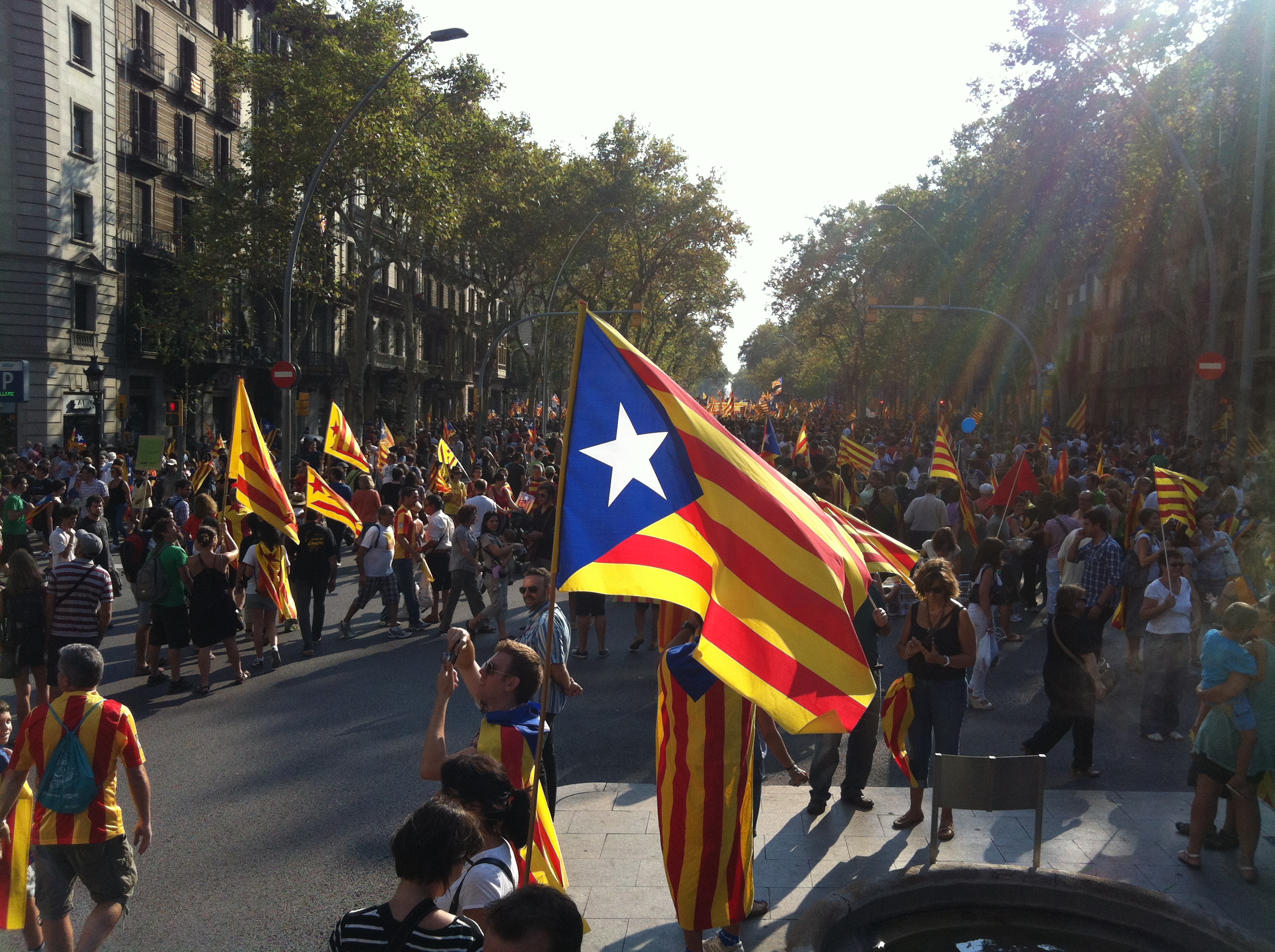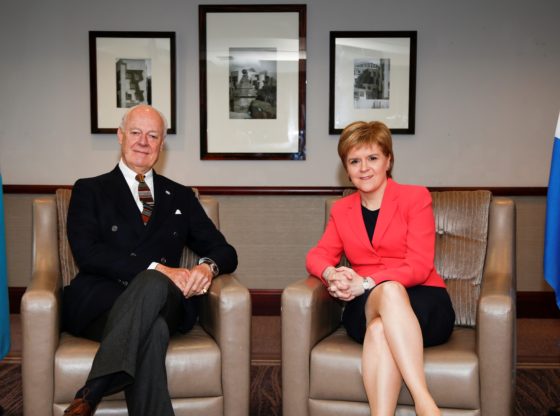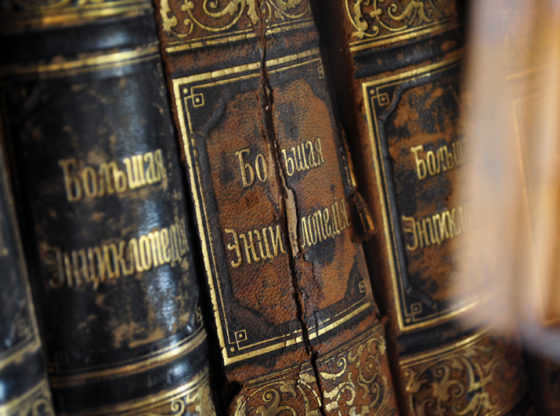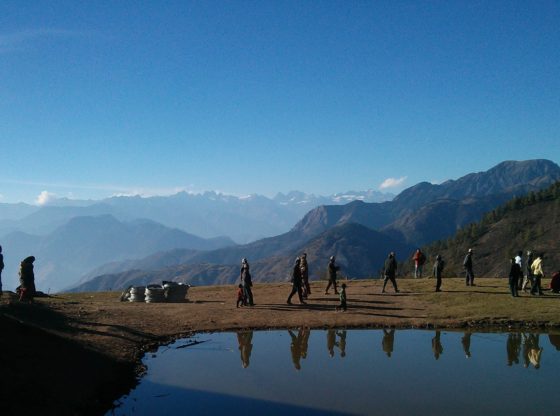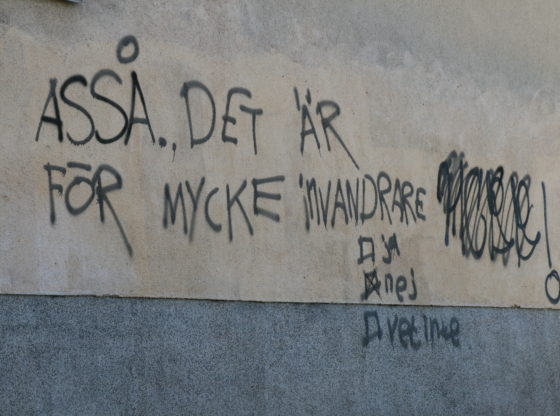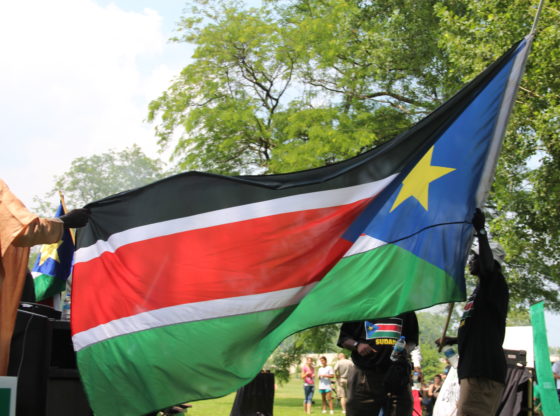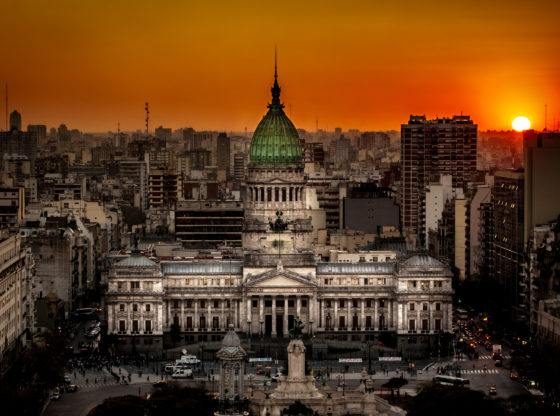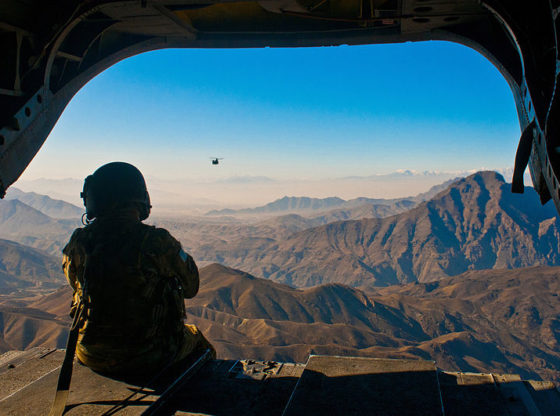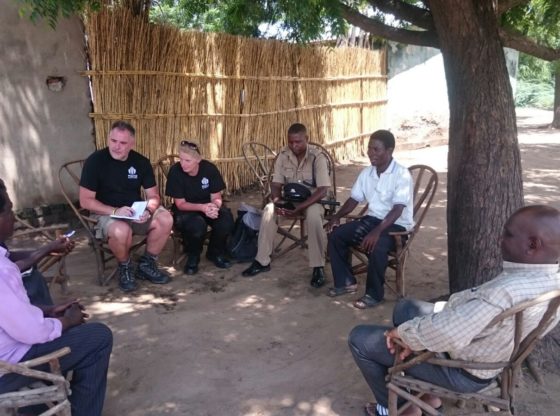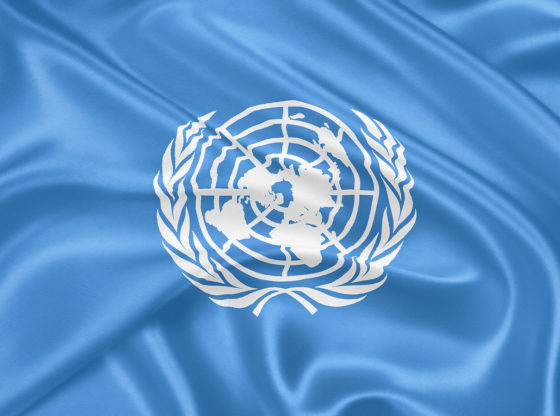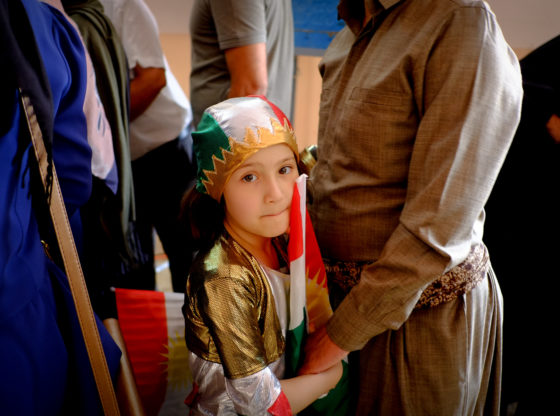The Catalan National Day - La Diada - held a particular significance this year, occurring as it did against the backdrop of independence referendum preparations. Writing from Barcelona, William Thomson details the vibrancy of the La Diada celebrations, and the underlying mood of tension as the constitutional standoff between Barcelona and Madrid continues.
It takes a while to place a million people on the streets, even on Barcelona’s wide avenues. The coaches arrive late in the morning from all over Catalonia. The roads close to unofficial traffic after 12pm.
As the city centre fills with wave upon wave of flag waving Catalans, the four major streets, which will be the canvas for this year’s La Diada celebrations, and the metro stations that surround them, start to show signs of stress. This year, the plan is to arrange the demonstrators in such a way as to create a gigantic, luminous, plus sign, which will be visible from specially elected viewing platforms, balconies, and from the helicopters circling above. At the moment of the ‘reveal’, at 17:14, the plus sign will turn bright yellow, as t-shirts appear on the backs of a million Catalans. Like every La Diada celebration, it will produce an unmistakable, bright, powerful, physical expression of democratic will.
The national day marks the fall of Barcelona to forces loyal to Madrid over 300 years ago. This colourful and poignant part of the national day celebrations has happened for years. However, the addition of a massive demonstration and celebration is relatively new.
La Diada celebrations take place every 11 September, with the focus firmly on the Catalan capital. It is a small, quiet event that officially starts the celebrations. Floral tributes are laid at the Rafael Casanova monument, close to Placa Catalunya. Casanova was the Barcelona commander in chief injured on that very spot on 11 September 1714. The national day marks the fall of Barcelona to forces loyal to Madrid over 300 years ago. This colourful and poignant part of the national day celebrations has happened for years. However, the addition of a massive demonstration and celebration is relatively new. In fact, this is only the sixth La Diada celebration organised by the Assemblea Nacional Catalana, (or Catalan National Assembly - ANC).
The ANC is a civic society that brings together people from all parts of Catalan society. It has one aim: to win, peacefully and democratically, Catalan independence from Spain. At the heart of its strategy are huge street demonstrations. The ANC believes that size matters and they want to show the muscle of the movement by taking to the streets of Barcelona.
I asked Adrià Alsina, head of press at the ANC, why he thought they were so successful in bringing the streets to life:
“There is a tradition here of doing politics on the street. There is a sense that you can change things. In fact, there is evidence. Many of the tipping points have happened because there were hundreds of thousands of people on the streets, in modern times, starting in 1979, to demand self-governance.”
Following the first ANC-led celebrations in 2012 – when it was estimated that between one-and-a-half and two million people took to the streets – the Catalan President Artur Mas travelled to Madrid to ask for a better fiscal settlement for Catalonia. He returned empty-handed. This gave the Catalan independence movement a massive shot in the arm.
The Spanish government’s intransigent position on this issue has been perhaps the best PR machine for the Catalan independence movement.
Since then, Spain’s ruling People’s Party (PP) have refused to recognise any claims for self-determination from Catalonia - or even to discuss the idea. In 2017, Artur Mas received a two-year ban from holding public office, and a fine of over €35,000, for his role in the non-binding vote on independence held in 2014. In March this year, 50,000 Catalans accompanied him to his trial. The Spanish government’s intransigent position on this issue has been perhaps the best PR machine for the Catalan independence movement.
A TANGIBLE SHIFT
This 11 September feels markedly different to those of the last couple of years. In less than three weeks, Catalonia will vote on its secession from Spain – the scheduled date is 1 October. Perhaps because of this, today feels less of a celebration and more of a demonstration. Moving among the crowd, there is a tangible feeling of ‘them and us’; a kind of siege mentality. Given the 72 hours that followed the La Diada celebration, it’s easy to understand why.
Coinciding with the international coverage of Catalonia’s mass demonstration, the Catalan referendum process took a battering from the Spanish establishment. The Spanish Constitutional Court suspended a Catalan law that drafted a legal framework for a referendum. The official pro-independence television advert was removed from Spanish networks. A pro-independence event scheduled to take place in Madrid was banned by the authorities. Prosecutors in Catalonia ordered police to seize ballot boxes, election flyers and any other specific item that could be used in support of an independence referendum. Prosecutors ordered an investigation of the 712 Catalan Mayors who have officially supported the Catalan referendum. Sources from the National Police corps declared that there will be an increase in the number of Guardia Civil officers - Spanish police - in Catalonia in the lead up to the planned vote. The Spanish Prime Minister, Mariano Rajoy, declared that anyone working at a polling station will be committing a crime. The official Catalonia referendum website was shut down. And the Spanish postal service was ordered not to handle any material related to the Catalan independence referendum. These developments occurred across just 72 hours in a crazy campaign.
The Spanish government points to the constitutional prohibition on Catalonia breaking away from Spain - but many Catalans are increasingly resentful of how far Madrid is willing to trample on democracy to enforce this position.
If a ‘them and us’ mentality is growing within Catalonia, it’s clear to most Catalans who ‘they’ are. It is an increasing authoritarian Spanish government, as well as Spain’s judiciary and law enforcement agencies. The Spanish government points to the constitutional prohibition on Catalonia breaking away from Spain - but many Catalans are increasingly resentful of how far Madrid is willing to trample on democracy to enforce this position.
Back in Placa Catalunya, a police helicopter is booed as it buzzes over the crowd. It’s from the Guarda Civil. An image of officers from the Guarda Civil chasing a ballot box, while the Catalan police chase terrorists (Barcelona suffered a terrorist attack on 17 August) has been circulating for the past few days on social media. Its message clearly resonates within the crowd.
A STORM OF COLOUR
At 4pm, we’re instructed to head to our allocated slots within what will become a huge plus sign, visible from above. The four arms of the plus sign have been divided up into 48 sections, each of them representing a different region or county of Catalonia. Every single person has a spot reserved. This is one unbelievably well-organised demonstration.
The bars start to empty and a mass of noisy Catalans spread out in every direction from the centre point of Placa Catalunya. The demonstration is a storm of colour. The wind whips the hundreds of thousands of Catalan flags on the poles and backs of those Catalans proudly displaying their ancient yellow and red flag. The breeze passes along Passeig de Gracia, rippling the banners, flags and placards, like a wave on an increasingly stormy sea.
The breeze passes along Passeig de Gracia, rippling the banners, flags and placards, like a wave on an increasingly stormy sea.
Despite the obvious tension within the vast crowd, it is a peaceful demonstration. The key to its success is ‘to make it a family affair, according to the ANC, and it is clearly a day that many families look forward to. Despite the numbers, unbelievably, there still seems like space to move in-between those same families, rustling their tin-foil-wrapped sandwiches and sharing bottles of fizzy juice. You still have to swerve buggies, dogs with faces painted with stripes of yellow and red, and rows of motorbikes (perhaps fifty or so) draped with many meters of yellow and red material.
As 5pm approaches, Placa Catalunya, the centre of the cross and the base for the national and international media, is completely packed. A large stage has been set up here and is the focal point of the event. A variety of performers appear up there, alternating between political speakers and singers. Regular aerial shots of the arms of the cross appear on a giant LCD screen beside the stage. Cheers go up, all the way up; there’s no doubt that they can be heard from the press helicopters relaying the images to our screen.
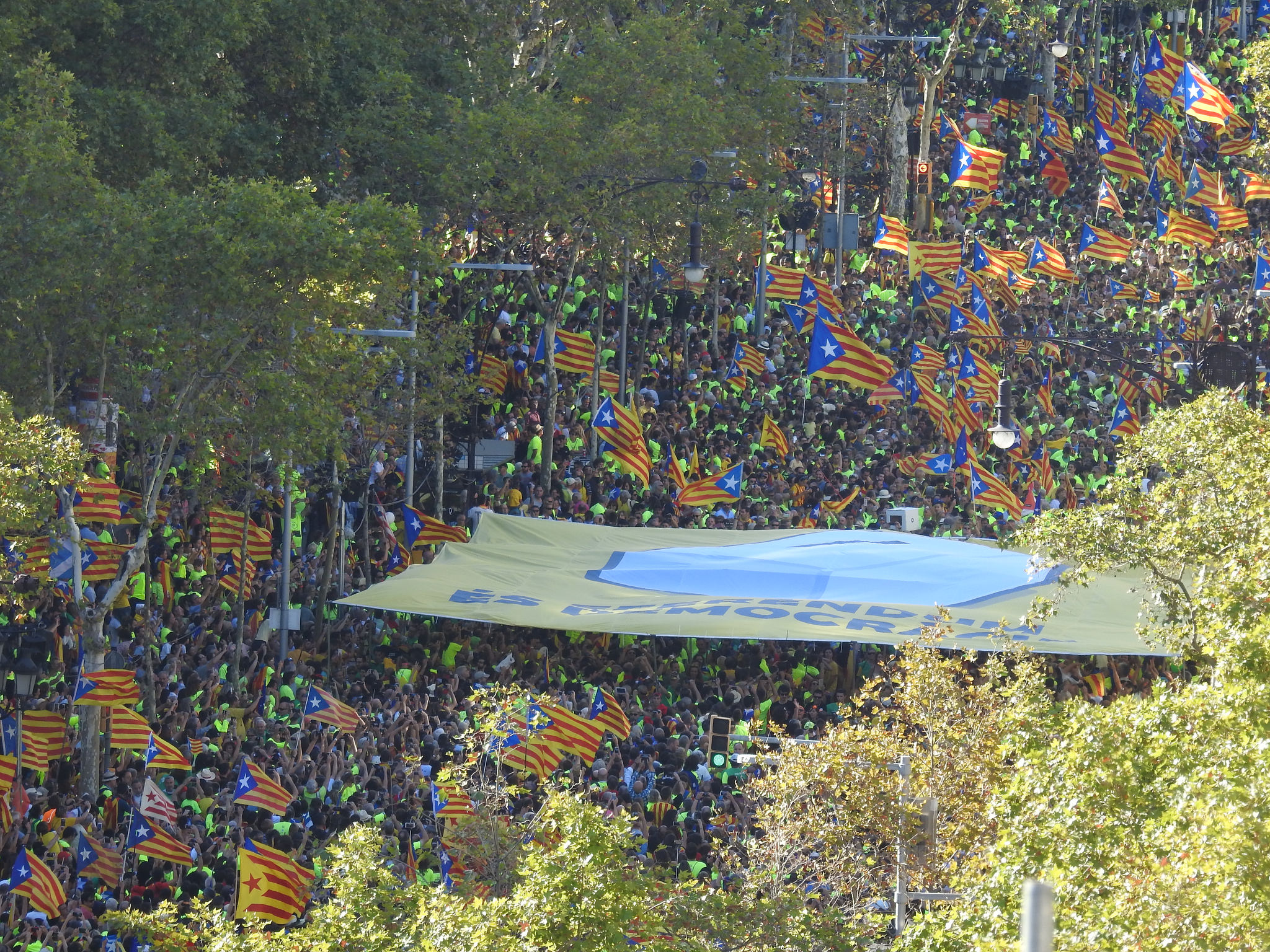
Those people in the square find themselves standing at the very centre of the human made luminous cross. They sense they are really at the heart of something much, much bigger: the fundamental right to vote and to decide their own destiny.
As the ‘reveal’ approaches, there is a small bunch of people right in the heart of Placa Catalunya not wearing the regulation bright yellow t-shirt. They look incongruous; like they didn’t get any of the instruction emails. However, they look the most comfortable of all in what is an increasingly confined space.
Looking at them, you can just make out their black waistbands below their red shirts. They are all in the uniform of Castelleres, those amazingly brave Catalans who make the Catalan human towers. And they are readying to construct one now, right in the middle of this mass of people.
To a faint soundtrack from a shawm (a kind of Catalan oboe), they start climbing on top of one another with the base supported only by the crowd. Three guys sit on top of the pack, then stand with their weight supported by those beneath. Holding each other’s arms, they look like an unbendable tree. Three girls then climb to the top, before placing themselves on the shoulders of the level below. They lock arms.
Another three girls form another layer of human mortar. Then two more girls make the ascent. Following closely behind is a tiny spec of a girl. Her uniform is identical to those beneath her - except that she wears a black helmet. She climbs up using her toes to grip the waistbands of those below her. Within the blink of an eye, she has ‘topped’ the tower. She raises her hand, stiffens and then produces a Catalan flag. It drapes down for a second before falling into the crowd. Tears fall on the faces of some of the crowd. One almighty cheer goes up: way up.
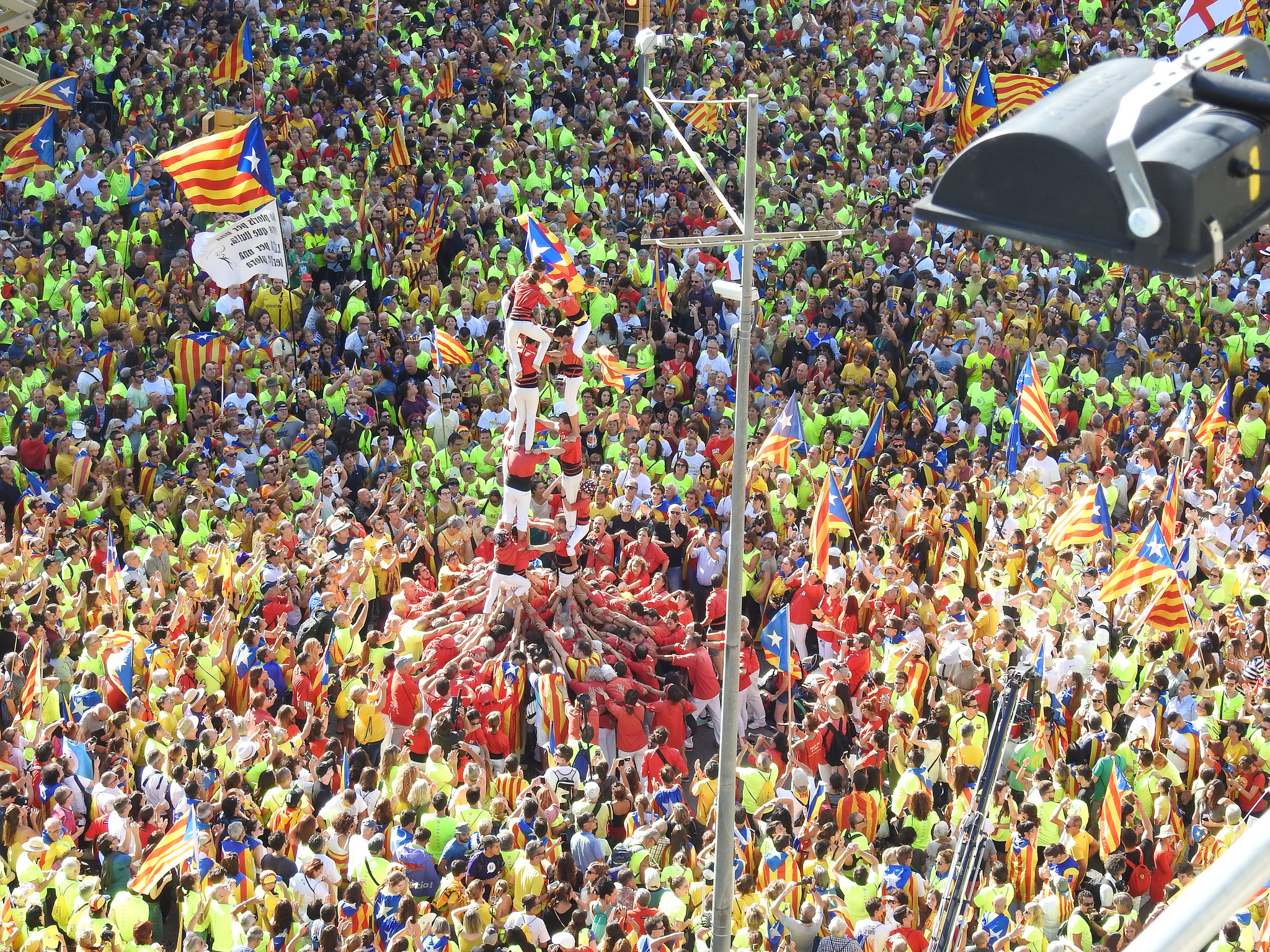
Today is a day of dramatic images. Pictures of the demonstrations make the front pages of newspapers and fill TV screens across the globe. The scenes push Danish MPs to write to the Spanish government: “In a democracy, threats and judiciary and legal responses are not the solution.” Their message adds: “politicians, not judges or police forces, should primarily deal with political tensions in any European democratic country.” It is clear that the reverberations from these celebrations are felt well beyond the bustling streets they occupy.
The next morning, a cartoon appears on social media. It’s a ballot box placed, by the Spanish government, on a mountain high above the Catalan electorate. Its caption asks: Will democracy always be out of reach for Catalans? Not so. The next image shows a human tower stretching above the mountain and a ballot paper being placed in the box.
The 2017 La Diada celebrations leave only one question. Will the mounting pressure finally force the Spanish government to engage in a dialogue with the Catalan government as it heads towards a referendum and a possible unilateral declaration of independence?
It is a monumental effort to organise an event the size of this year’s La Diada. However, the success of this achievement goes well beyond the logistics and the numbers. These events are fundamentally a tool to prod the Spanish government and every year that jab has more force. Since 2012, these celebrations have heaped huge pressure on Madrid – and no more so than this year’s.
The 2017 La Diada celebrations leave only one question. Will the mounting pressure finally force the Spanish government to engage in a dialogue with the Catalan government as it heads towards a referendum and a possible unilateral declaration of independence? It’s a question that many more than one million Catalans are asking. The answer may define the future of Europe.
William Thomson is a Glaswegian living in Barcelona. A former music manager, he is now an international event consultant and trainer. William has written about music, travel, and politics for the over ten years. He blogs regularly at www.independentscot.org and he is on Twitter at @Williamgallus
Feature image: At a march in support of Catalan independence, marchers stand around with their flags. Image: Kippelboy [CC BY-SA 3.0]

